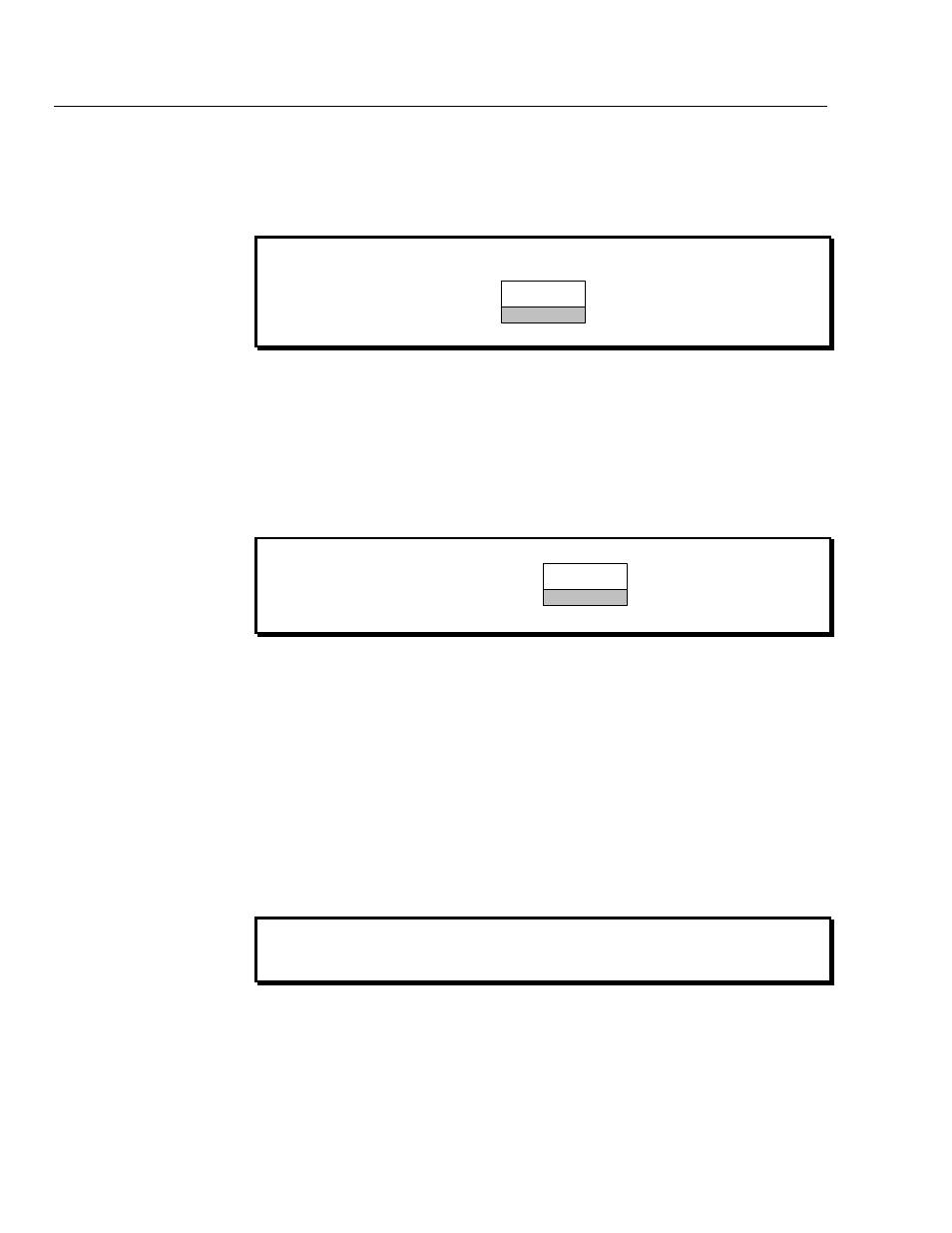Posttest prompts, Customizing defibrillator autosequences, Make your own autosequence – Fluke Biomedical medTester 5000C User Manual
Page 132

medTester 5000C
Operators Manual
9-8
Sternum Paddle.
The sternum paddle test is similar to the APEX paddle test.
Two (2) leakage measurements are taken, again with closed ground and with open
ground. Both measurements are taken under normal polarity and closed neutral
conditions. Before these tests execute, this message displays:
Press
READY
to begin the tests. Measurements are in µA RMS.
Energy Tests.
Energy tests execute in the low range and again in the high range.
Low Range is defined as 0-50 joules, and High Range is greater than 50 joules.
Defibrillator autosequences are set at the factory so that low range energy step
tests execute before high range energy step tests. You can customize your
defibrillator testing so that this order is reversed. Prior to executing these tests,
this message appears in the medTester 5000C display:
When you are prepared to begin the tests, press
READY
. Next follow these
steps:
1.
Charge the EUT (the equipment under test—defibrillator
you're testing) to the energy level prescribed in the
medTester 5000C display.
2.
Discharge the defibrillator into the Impulse paddle contacts,
and press the down arrow key on the medTester. The reading
sent to the Impulse appears on the bottom medTester display
line with instructions for the next energy step displayed on the
top line. Here's an example display of this information:
Connect EXT red probe to STERNUM paddle
READY
F5
Select MEDT menu on Impulse
Set Impulse to LOW range
READY
F5
ENERGY STEP 2: Charge to
10 J: ready
STEP 1: ENERGY =
5.0 J
